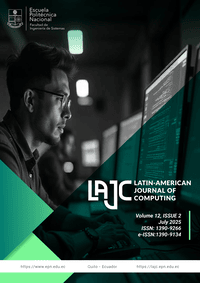African National Artificial Intelligence Strategies: A review, analysis and research agenda
Keywords:
artificial intelligence, capability building, catch-up, leapfrogging, national artificial intelligence strategyAbstract
Some countries have developed their national artificial intelligence strategies (NAISs) while others have formed task forces to develop them. This study reviewed elements and concepts required to develop NAIS, related science, technology and innovation (STI) strategies, policies and manifestos. Some of these elements and concepts apply to both developing and developed countries while some others are specific to one of them. STI elements and concepts apply to artificial intelligence strategies since AI technology is a specialization of STI technologies. The concepts and elements identified by this study can aid strategy creators by providing important insights for creating NAISs. For instance, catch-up strategies based on learning from a country with similar past technology, catch-up successes, and others who have created NAISs are a low-cost way for developing and implementing NAISs.
Downloads
Published
Issue
Section
License
Copyright Notice
Authors who publish this journal agree to the following terms:
- Authors retain copyright and grant the journal right of first publication with the work simultaneously licensed under a Creative Commons Attribution-Non-Commercial-Share-Alike 4.0 International 4.0 that allows others to share the work with an acknowledgement of the work's authorship and initial publication in this journal.
- Authors are able to enter into separate, additional contractual arrangements for the non-exclusive distribution of the journal's published version of the work (e.g., post it to an institutional repository or publish it in a book), with an acknowledgement of its initial publication in this journal.
- Authors are permitted and encouraged to post their work online (e.g., in institutional repositories or on their website) prior to and during the submission process, as it can lead to productive exchanges, as well as earlier and greater citation of published work.
Disclaimer
LAJC in no event shall be liable for any direct, indirect, incidental, punitive, or consequential copyright infringement claims related to articles that have been submitted for evaluation, or published in any issue of this journal. Find out more in our Disclaimer Notice.










